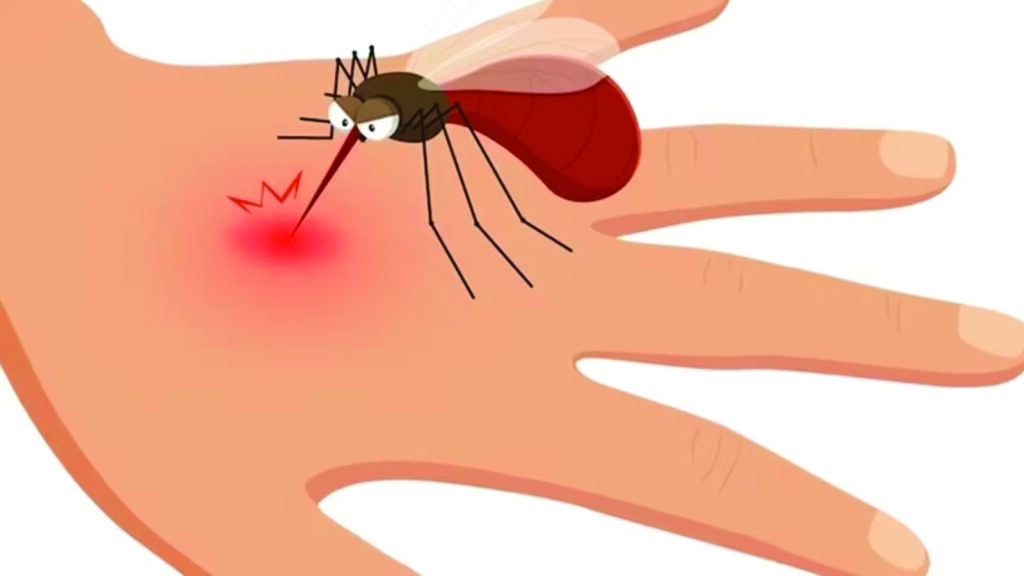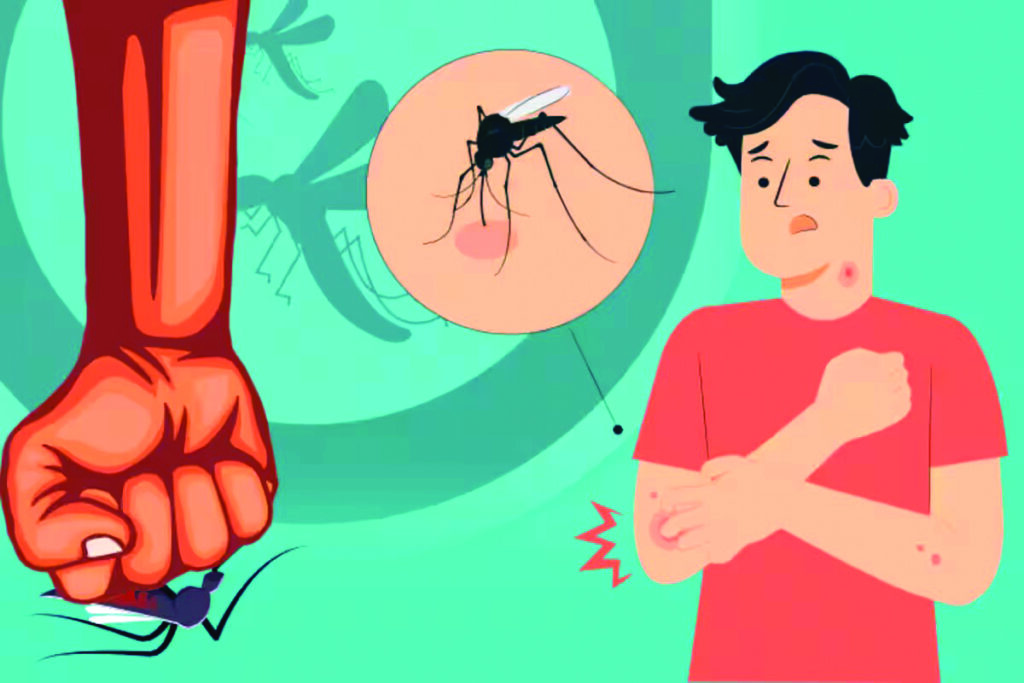
Dengue fever, often referred to as “breakbone fever,” is a viral illness transmitted primarily by the Aedes mosquitoes, particularly Aedes aegypti and Aedes albopictus. This disease poses a significant public health challenge in tropical and subtropical regions, affecting millions of people annually. The World Health Organization (WHO) estimates that there are about 390 million dengue infections each year, with approximately 96 million manifesting clinically.
Causes and Transmission
Dengue is caused by one of four closely related viruses (DENV-1, DENV-2, DENV-3, and DENV-4), which belong to the Flavivirus genus. The disease is transmitted to humans through the bites of infected female mosquitoes. These mosquitoes are most active during the day, especially in the early morning and before dusk.
The transmission cycle begins when a mosquito bites a person infected with the dengue virus. The virus then replicates within the mosquito and can be transmitted to another human through bites. Interestingly, the disease is not contagious and cannot be spread from person to person, except in rare cases through blood transfusions or from mother to child during pregnancy.

Symptoms of Dengue
Symptoms typically appear 4 to 10 days after being bitten by an infected mosquito. The initial symptoms are often mild and can be confused with other viral infections. Common symptoms include:
High Fever: Sudden onset of fever, often reaching up to 104°F (40°C).
Severe Headaches: Intense pain behind the eyes.
Joint and Muscle Pain: Severe pain in joints and muscles, leading to its nickname “breakbone fever.”
Nausea and Vomiting: Some individuals may experience gastrointestinal issues.
Fatigue: Extreme tiredness and weakness.
Skin Rash: A rash may develop a few days after the onset of fever.
Most cases of dengue are mild and can be treated at home. However, in some cases, the illness can progress to severe dengue (previously known as dengue hemorrhagic fever), which can lead to serious complications and even death. Severe dengue symptoms include:
Severe abdominal pain
Persistent vomiting
Rapid breathing
Bleeding gums or nosebleeds
Fatigue
Restlessness
Diagnosis
Diagnosing dengue can be challenging, especially during the early stages when symptoms are similar to other viral infections. Healthcare providers typically rely on patient history, physical examinations, and laboratory tests. Blood tests can detect the presence of the virus or antibodies produced in response to the infection.

Treatment
Currently, there is no specific antiviral treatment for dengue. Management focuses on relieving symptoms and maintaining proper hydration. Recommended treatment strategies include:
Hydration: Patients are advised to drink plenty of fluids to prevent dehydration.
Pain Relief: Acetaminophen (paracetamol) is often recommended for pain and fever. Non-steroidal anti-inflammatory drugs (NSAIDs) like ibuprofen and aspirin should be avoided as they can increase the risk of bleeding.
Monitoring: Severe dengue requires hospitalization, where patients can be closely monitored for complications.
Prevention
Preventing dengue primarily involves controlling mosquito populations and minimizing the risk of bites. Here are several effective strategies for prevention:
Eliminate Breeding Sites: Mosquitoes breed in stagnant water. Regularly check for and remove standing water in containers, discarded tires, flower pots, and any other locations that may collect rainwater.
Use Mosquito Repellents: Apply insect repellents containing DEET, picaridin, or oil of lemon eucalyptus on exposed skin to ward off mosquito bites.
Wear Protective Clothing: Long-sleeved shirts and long pants can help reduce exposure to mosquito bites, especially during peak activity times.
Install Screens and Use Mosquito Nets: Ensure windows and doors are fitted with screens to keep mosquitoes out. Sleeping under a mosquito net can also be effective, particularly in areas with high dengue transmission.
Community Efforts: Engage in community clean-up campaigns to eliminate potential mosquito breeding sites and raise awareness about dengue prevention measures.
Global Response and Research
The increasing incidence of dengue has prompted global health organizations to prioritize research and prevention strategies. The WHO has implemented the Global Strategy for Dengue Prevention and Control, which focuses on:
Strengthening surveillance systems to monitor dengue outbreaks.
Enhancing community engagement in prevention efforts.
Promoting research into vaccines and treatments.
A dengue vaccine, Dengvaxia, was licensed in several countries for individuals aged 9-45 who have had a previous dengue infection. However, the vaccine is not universally recommended and should be used with caution, as it can pose risks to individuals without prior exposure to the virus.
Dengue fever remains a significant public health concern, particularly in tropical and subtropical regions. Understanding the disease, its transmission, symptoms, and prevention strategies is crucial in combating this illness. While there is no specific treatment for dengue, early diagnosis and supportive care can significantly reduce the risk of severe complications. As global awareness and research efforts continue to grow, communities can work together to control mosquito populations and protect themselves from this debilitating disease.















